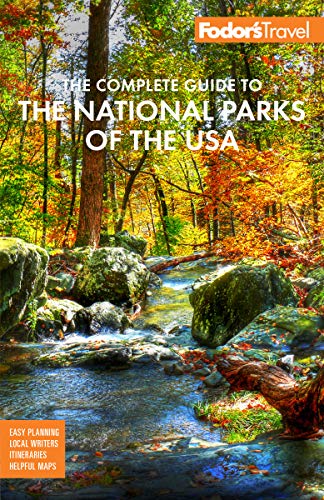Getting Oriented
.
- Main Use Area. This relatively compact area contains all of the park's developed campgrounds, trails, and the visitor center.
- Sand Dunes. The 30-square-mile field of sand has no designated trails. The highest dune in the park—and, in fact, in North America—is 750-foot-high Star Dune.
- Sangre de Cristo Mountains. Named the "Blood of Christ" Mountains by Spanish explorers because of their ruddy color—especially at sunrise and sunset—the range contains 10 of Colorado's 54 Fourteeners (mountains taller than 14,000 feet); six within the preserve are more than 13,000 feet tall.
- Southern Grasslands. Wildlife, such as elk and bison, feed on the park's grassy areas, primarily found in the park’s southern area and the Great Sand Dunes National Preserve.
- Medano Creek Wetlands. Popular with a variety of birds and amphibians, these seasonal wetlands form in the area around Medano Creek, where cottonwood and willow trees also thrive.




